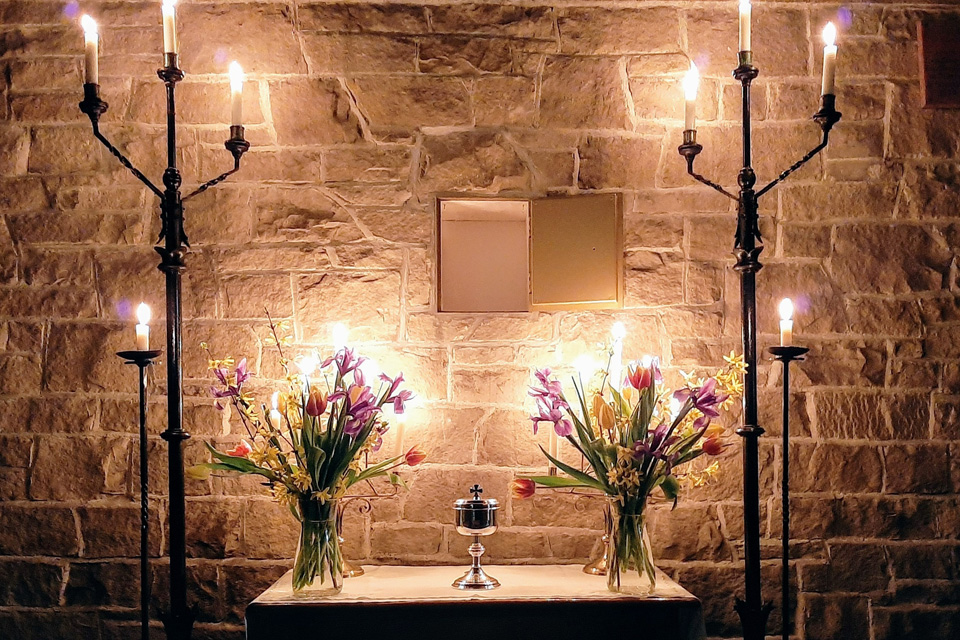
The Christian Year
Worship helps us go deeper into the Mystery of Christ. We celebrate important days and seasons in the Christian calendar with special services and rituals.
The Christian year transforms us by helping us enter into the life of Jesus Christ. There are three main parts:
The Easter Cycle: the seasons of Lent and Easter, centred on the Paschal Mystery: the death, resurrection and ascension of Jesus Christ
The Christmas Cycle: the seasons of Advent, Christmas and Epiphany, centred on the Incarnation: God becoming human in Christ
Ordinary Time: During the rest of the year, before Lent and after Pentecost, we meditate on this great Mystery of Christ.
There are also the feasts of the saints and other themes. May is Mary’s month, in September’s Season of Creation we reflect on our beautiful but endangered world, and in November, as the leaves fall, we pray for the dead.
Here is a copy of the Holy Cross Kalendar showing the seasons and saints we celebrate each year:
Below are some of the special days and seasons that are celebrated at Holy Cross and at the end of this page you will find the Holy Cross Kalendar & Lectionary for this year, with psalms and readings for every day.
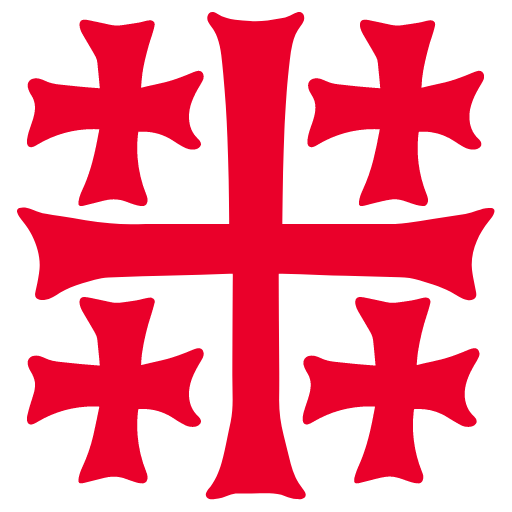

Advent
Advent is the start of the Christian year and it begins four Sundays before Christmas. It is a period of waiting. We wait with Mary and the Saints of the Old Testament for the birth of Jesus. We also look forward to the Second Coming of Jesus at the end of time.
Advent is a quiet, austere and joyful preparation for Christmas at a time when the world has already started its partying. There are no flowers in church. We do, however, host part of the Davidson’s Mains Christmas Lights display and have a Community Carol Service on the last Sunday in Advent. At Holy Cross the liturgical colour is blue, in line with ancient tradition.
‘Advent’ is from the Latin word ‘adventus’ which means ‘approach’ or ‘arrival’ and was a technical term for the official arrival or manifestation of a King or a God. With Mary, the prophets and John the Baptist we await the arrival of Christ.
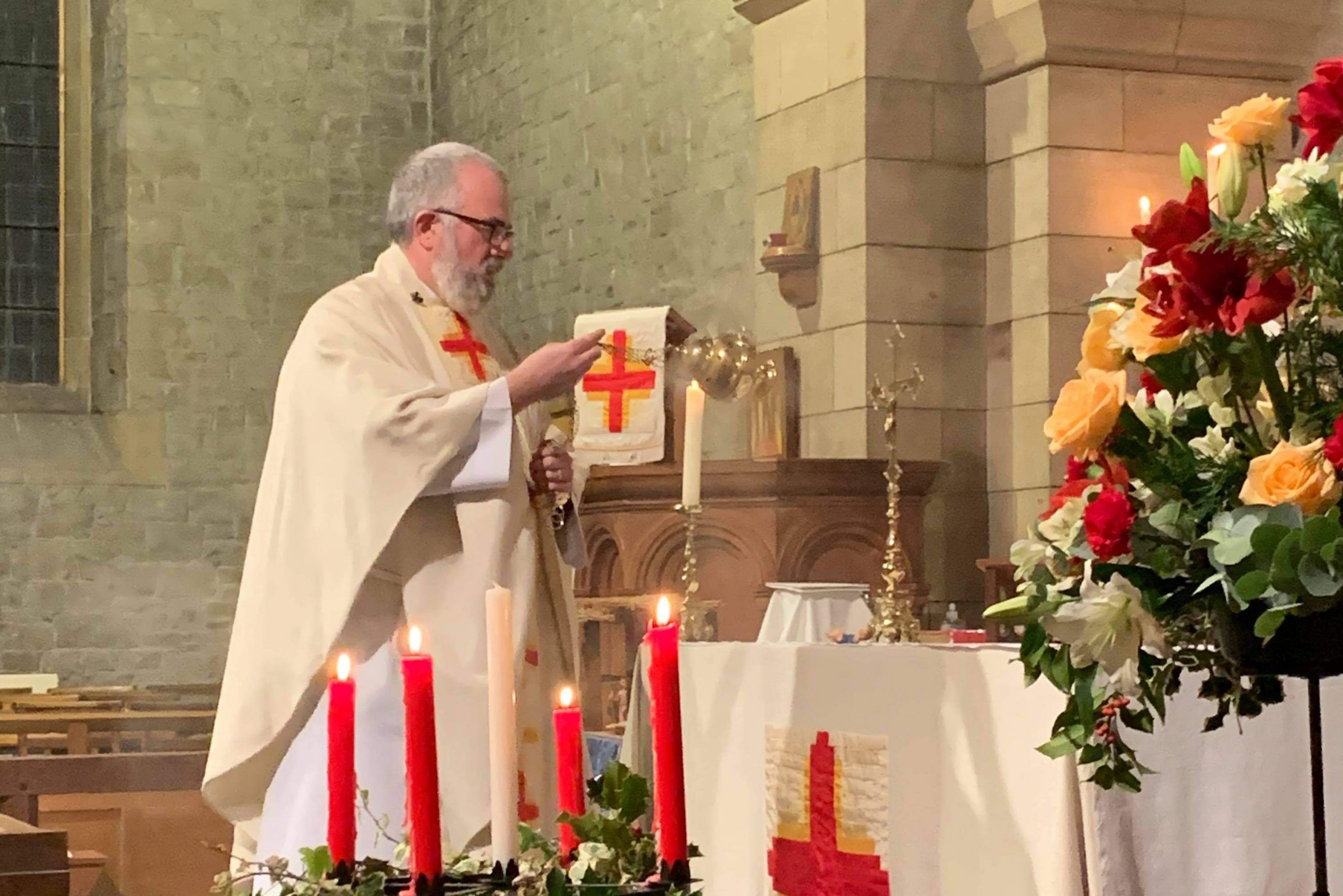
Christmas
At Christmas on 25 December we celebrate the birth of Jesus Christ. This is the beginning of our salvation. God became human in the womb of Mary at the Annunciation (25 March) and nine months later is born in poverty in Bethlehem. Together with Easter, it is one of the two high points of the Christian year. The church is decorated with flowers, carols are sung and the liturgical colour is gold or white.
On Christmas Eve we have a Christingle Service for children and families with carols and the Christmas story. On Christmas Day, following an ancient tradition, there are three Eucharists at Holy Cross: Midnight Mass, the Dawn Mass and the Day Mass.
Christmas, like Easter, has an ‘Octave’, which means that the feast is extended over eight days. The Octave ends with the commemoration of Christ’s circumcision on 1 January, the secular New Year’s Day.
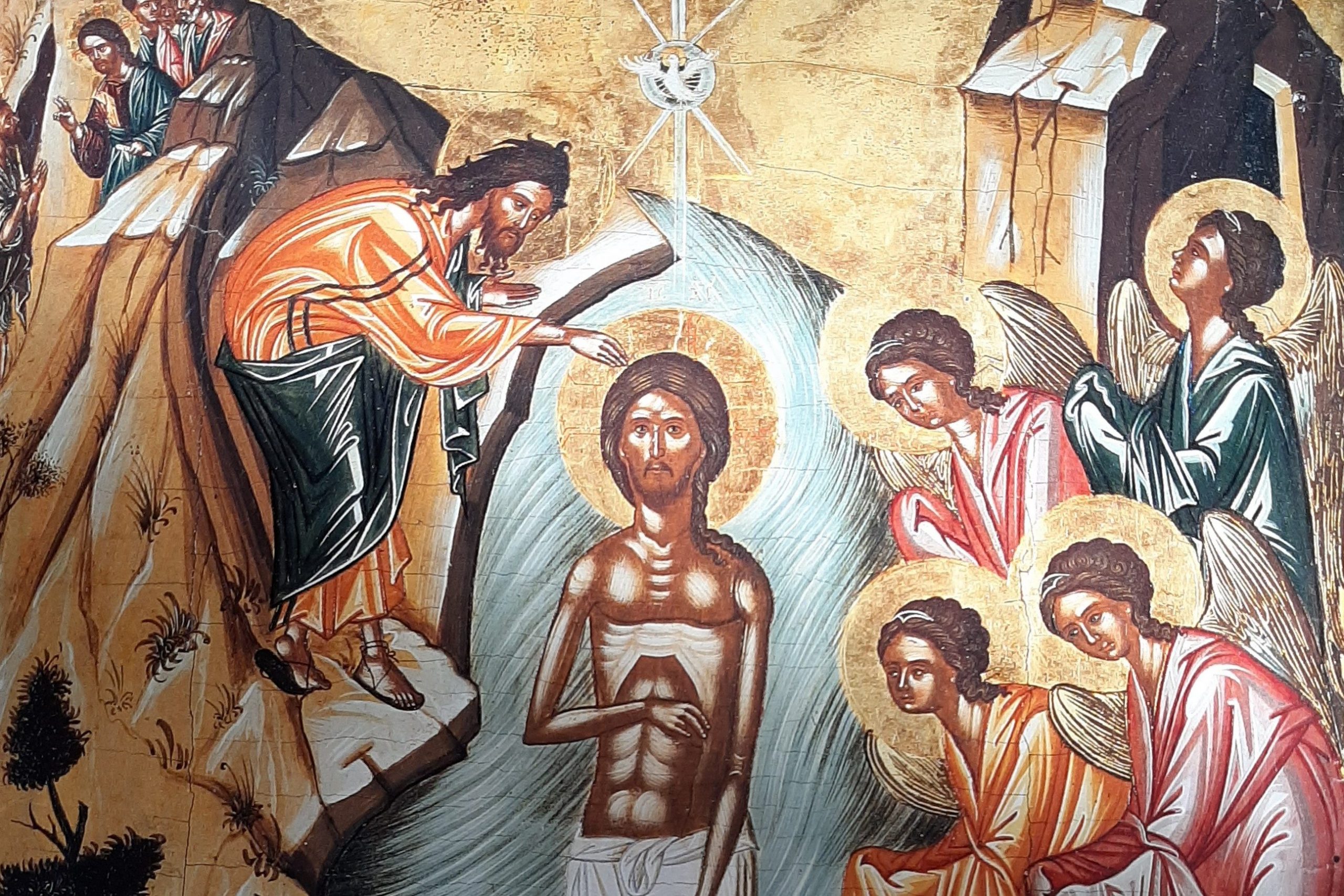
Epiphany
Epiphany is the second half of the Christmas season. ‘Epiphany’ is from a Greek word meaning ‘manifestation’ or ‘appearing’ and we remember the showing of Jesus to the three wise men. We also remember the Baptism of Jesus when the Holy Spirit descended upon him in the form of a dove and he was revealed as the beloved Son of God the Father. A third mystery of Epiphany is Jesus turning water into wine at the wedding at Cana.
At Holy Cross we keep the Epiphany on the Sunday after 1 January. The feast of the Baptism of the Lord is kept on the following Sunday. After this the liturgical colour changes from white to green but the Sundays are still numbered after Epiphany.
Candlemas, the Presentation of Jesus in the Temple, is kept on the Sunday nearest 2 February, 40 days after Christmas. We have a procession with candles and our attention then turns from Christmas to Easter.
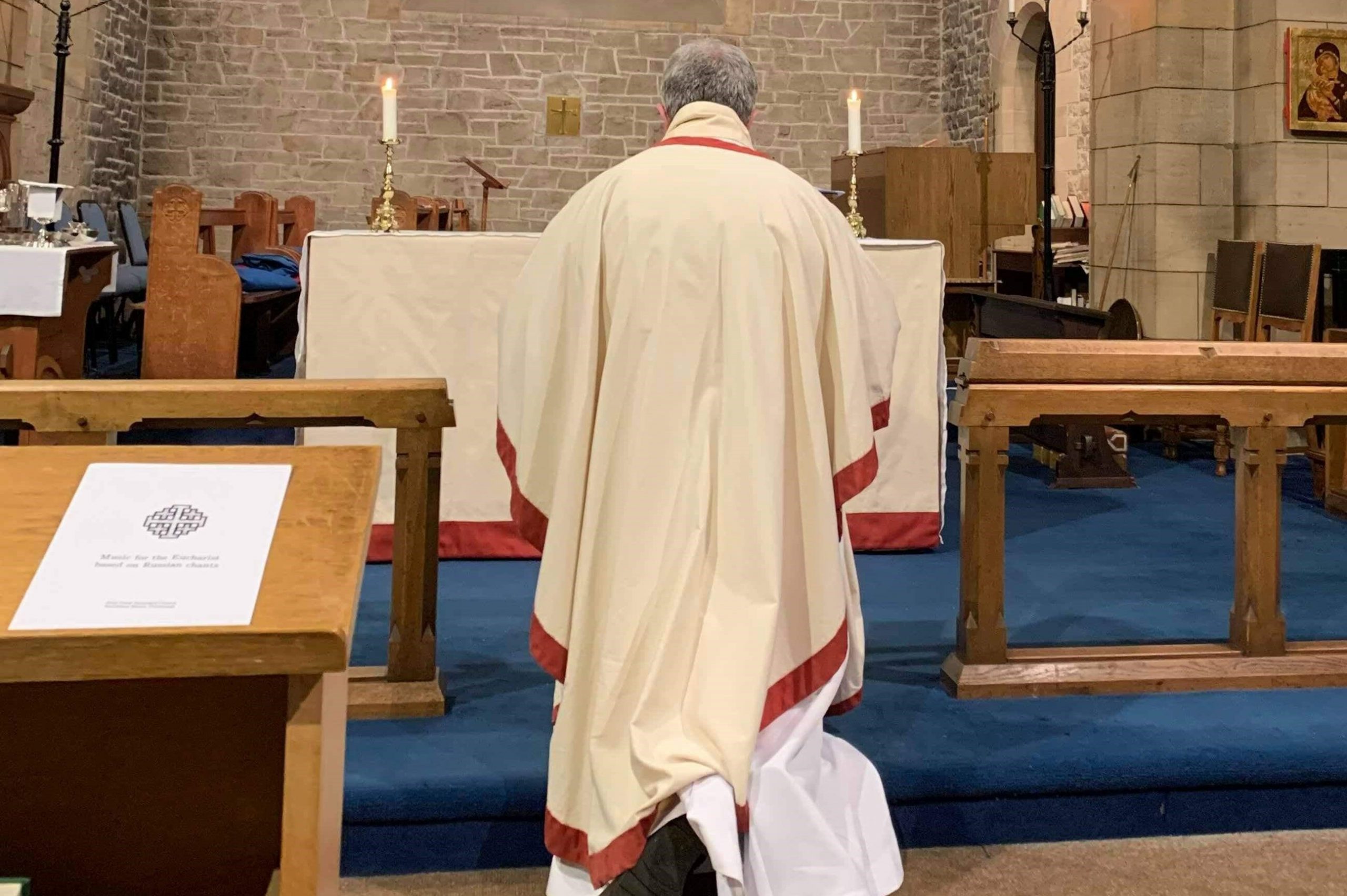
Lent
Lent is a 40 day period of preparation for Easter. It begins on Ash Wednesday when a small cross of ashes is put on our foreheads to remind us that we are mortal but redeemed by Christ. The 40 days of Lent recall Jesus’ 40 days in the desert at the start of his public ministry and the 40 years Israel wandered in the desert before entering the promised land.
During Lent, Christians intensify their devotion by prayer, fasting and giving to charity. At Holy Cross we usually have Lent groups which meet to read Scripture together and learn about our faith. Our worship is stripped down. There are no flowers in church, we don’t sing the Gloria or Alleluia, and the vestments are of unbleached linen with oxblood trim – an ancient custom called ‘Lent array’.
The last two weeks of Lent are called Passiontide. The holy images are veiled in purple and the focus on the cross becomes even more intense.
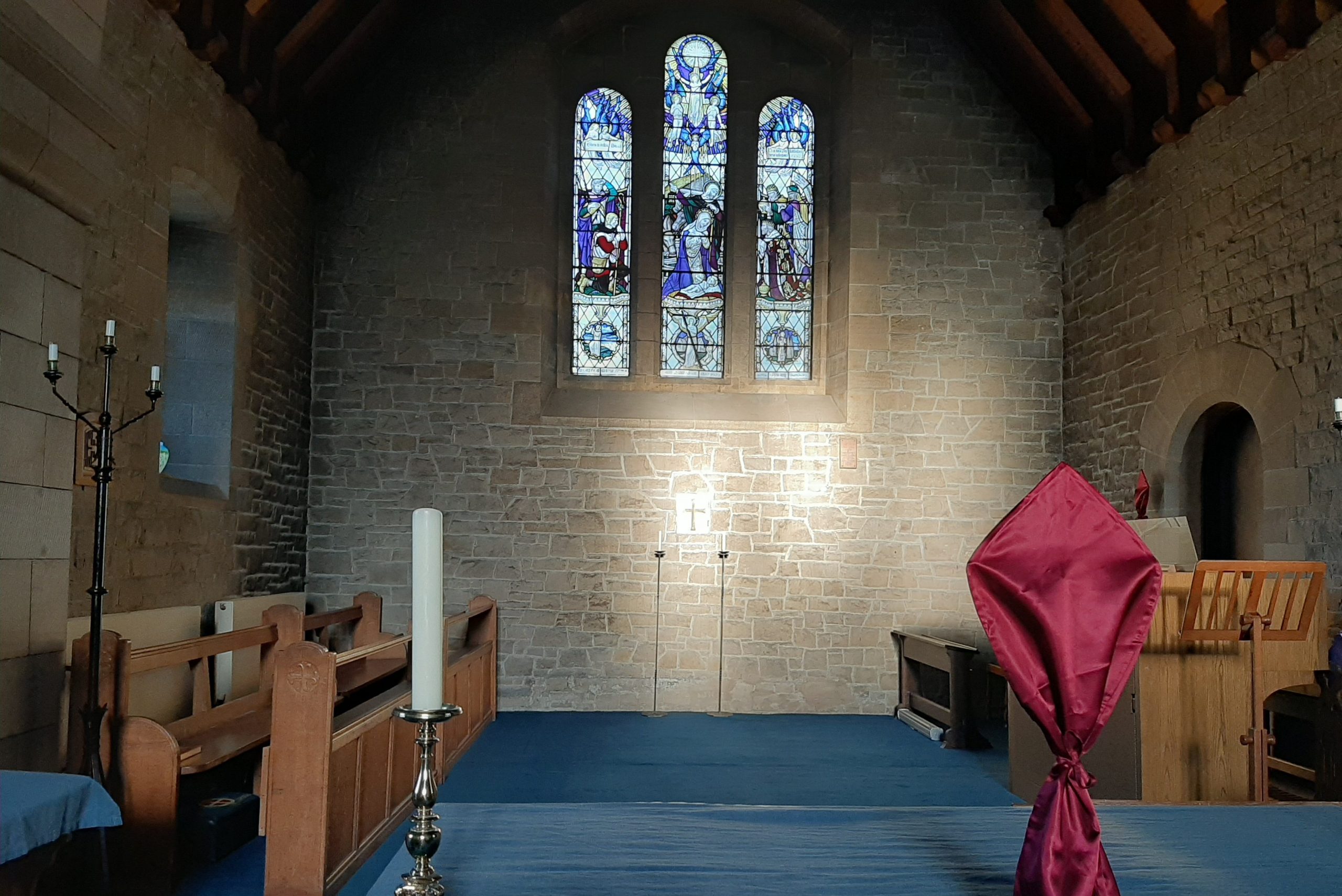
Holy Week
The last week of Lent is called Holy Week; Eastern Orthodox Christians call it Great Week. In Holy Week we join Jesus in the last days leading up to his crucifixion and descent into hell. It is a spiritually dramatic and intense time.
Holy Week begins on Palm Sunday when we commemorate Jesus’ entry into Jerusalem when the crowd waved palm branches and shouted ‘hosanna’. We bless palm crosses and have a procession before the Eucharist. In the Eucharist the whole passion story is read in dramatic form, according to the gospel of the year, with the parts divided among the congregation.
The liturgical colour of Holy Week is red, with the exception of the Evening Eucharist on Maundy Thursday which uses white. On Wednesday evening a service called ‘Tenebrae’ may be celebrated. It is dramatic as lamentations are sung and candles are extinguished until the church is left in darkness. After a crashing noise, everyone leaves by the light of one candle – Christ betrayed and abandoned by all.

Sacred Triduum
The Sacred Triduum is the high point of the Christian year. In the fourth century, St Ambrose spoke of ‘the sacred triduum in which Christ suffered, rested and rose’ (letter 23.13). It is also called the Paschal or Easter Triduum; ‘pascha’ is Greek for Easter and ‘triduum’ is Latin for a period of three days.
The Triduum runs from the Evening Eucharist of the Lord’s Supper on Maundy Thursday to the Great Vigil of Easter on the Saturday night and Sunday morning. It includes the Liturgy of the Passion on Good Friday and the pregnant silence of Holy Saturday when Christ descended to the underworld.
We join Jesus and the disciples at the Last Supper when he instituted the Eucharist and washed their feet. We sit at the foot of the cross, listening to John’s Passion and venerating the wood of the cross. The sacraments are not celebrated on Good Friday and Holy Saturday. At the Vigil we bless fire and the paschal candle, sit at the tomb and hear the story of salvation, until Jesus rises with a joyful alleluia. To attend the Triduum is to be transformed.
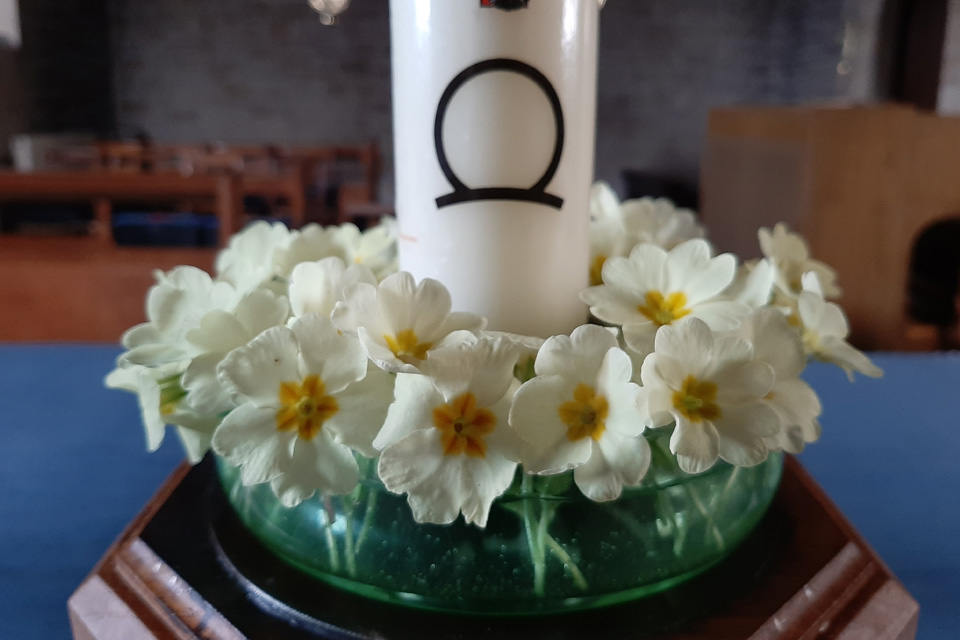
Eastertide
Eastertide is a period of 50 days between Easter and Pentecost. Easter commemorates Christ rising from the dead on the third day after his crucifixion. It is celebrated on the Sunday following the first full moon after the spring equinox and begins with the Eucharist at the end of the Easter Vigil. In Eastertide vestments are white or gold, alleluia is sung (it has been silent since the beginning of Lent), and the church is adorned with flowers.
On the Sunday before Ascension we process round our garden and grounds, blessing the earth with holy water and praying for its fruits and all who work on the land and sea. This is called a ‘rogation procession’ from the Latin rogare meaning ‘to ask’.
The rogation procession and the moon setting the date of Easter show how much our liturgical year is rooted in the seasons and the natural world as well as in the life of Jesus Christ.

Ascension & Pentecost
Forty days after Easter, Jesus ascended to heaven in his risen body (Acts 1.6-11). Human nature is now present in heaven and a way has been made for us to join him. The Ascension is thus a sign of our salvation. It is celebrated on a Thursday, using white or gold vestments, and at Holy Cross we gather for the Eucharist.
The painting above is one of two at Holy Cross by the Edinburgh artist William Hole (1846–1917), formerly in the chapel of the Douglas-Homes at the Hirsel. It shows Jesus saying to Mary Magdalene ‘do not touch me, for I have not yet ascended to my Father’ (John 20.17).
Before ascending to heaven, Jesus told his disciples to stay in Jerusalem and await the descent of the Holy Spirit (Luke 24.48). This happened on the Jewish festival of Pentecost (Acts 2), 50 days after Passover. The liturgical colour for Pentecost is red from the tongues of fire which came down on the Apostles.
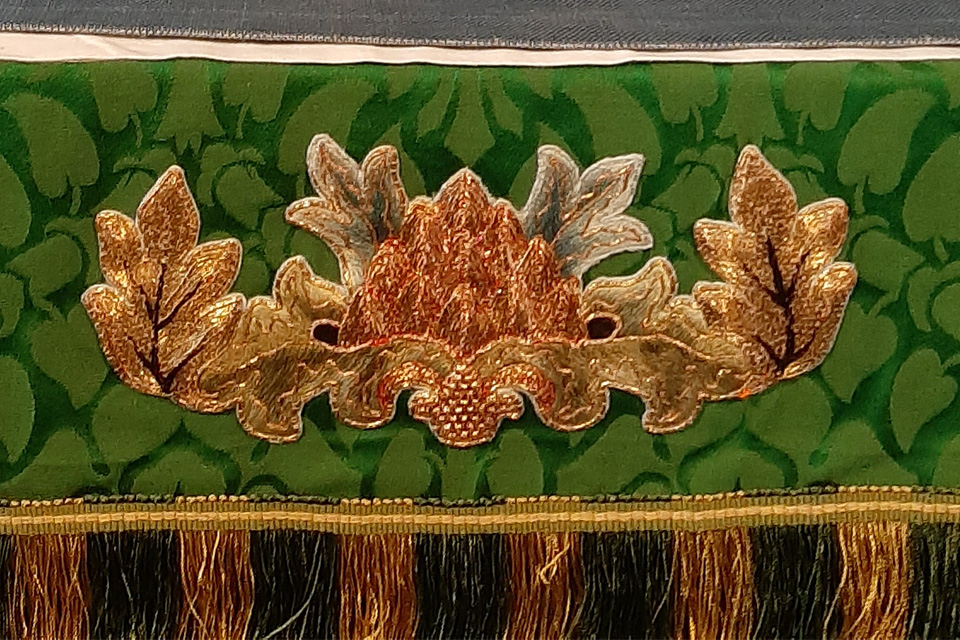
Ordinary Time
Outside the Christmas and Easter seasons we have two sections of ‘Ordinary Time’. The liturgical colour for this season is green.
It is called ‘ordinary time’ because it is a series of weeks that follow in order and are known by ordinal numbers. In the Scottish Episcopal Church these weeks are called ‘after Epiphany’ (between the feast of the Baptism of the Lord and Ash Wednesday) and ‘after Pentecost’ (between Pentecost and Advent). Sundays after Pentecost are sometimes called ‘after Trinity’. Trinity Sunday is the Sunday after Pentecost. Great Feasts sometimes replace the Sundays of Ordinary Time.
During Ordinary Time the Sunday Bible readings follow a three-year cycle with Year A using Matthew’s Gospel, Year B Mark’s and Year C Luke’s. These readings follow on in order during the two sections of Ordinary Time and give this season its character.
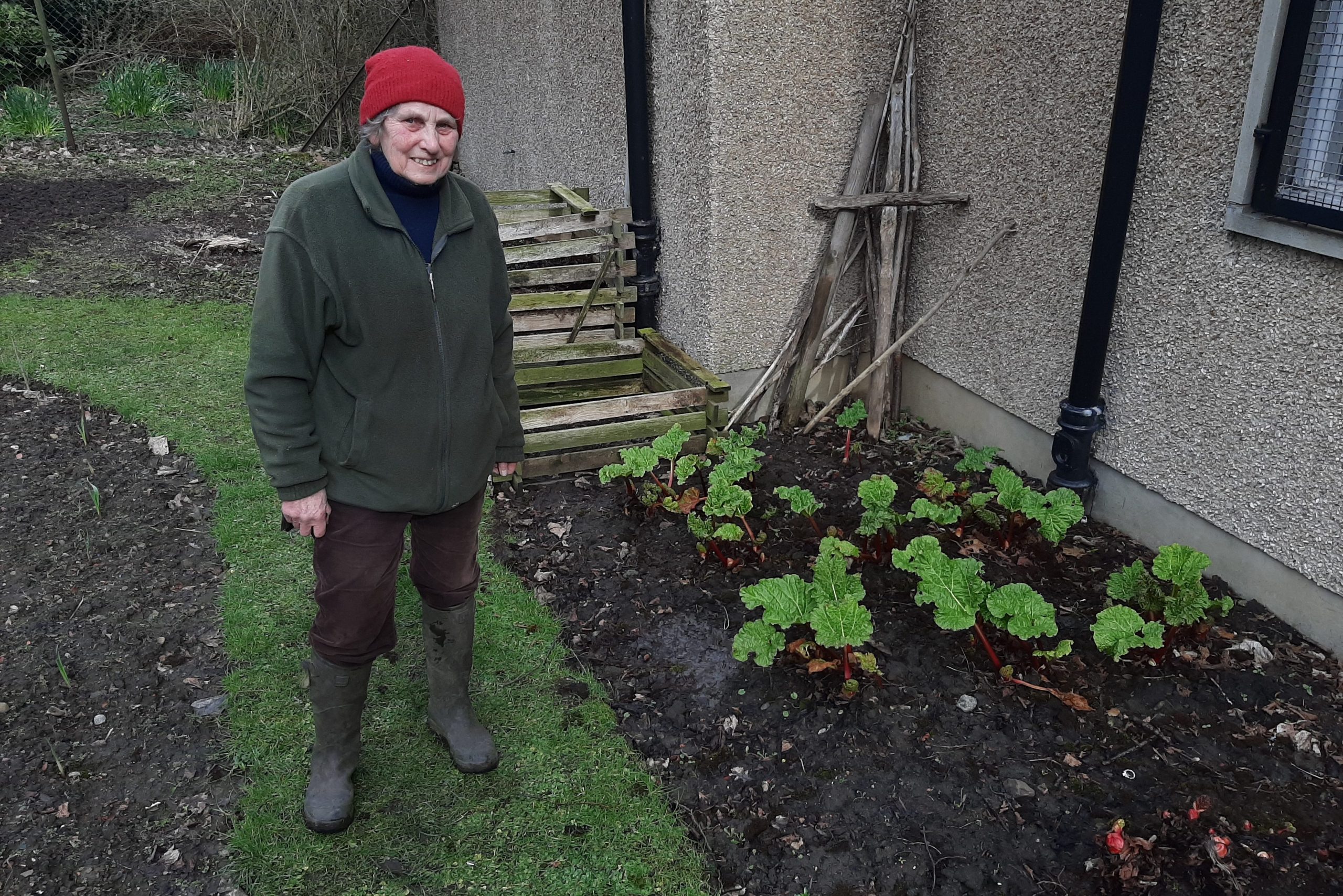
Season of Creation
The Christmas and Easter cycles have clear themes but during Ordinary Time other emphases may emerge, such as death and remembrance in November. From 1 September to 4 October, the Feast of St Francis, Holy Cross, with churches throughout the world, keeps the Season of Creation.
This was established by the leaders of the Eastern Orthodox, Anglican and Roman Catholic Churches as a response to the environmental crisis. It is dedicated to God as the Creator and Sustainer of all life and is a season of increased prayer and effort on behalf of the earth, our common home. God has given us this planet and we have a duty to care for it.
Holy Cross cares for our own little plot of ground and tries to live responsibly. For Christians, nature is a ‘book’ in which we can meet God, just as we meet the Lord in Scripture and in our neighbour.
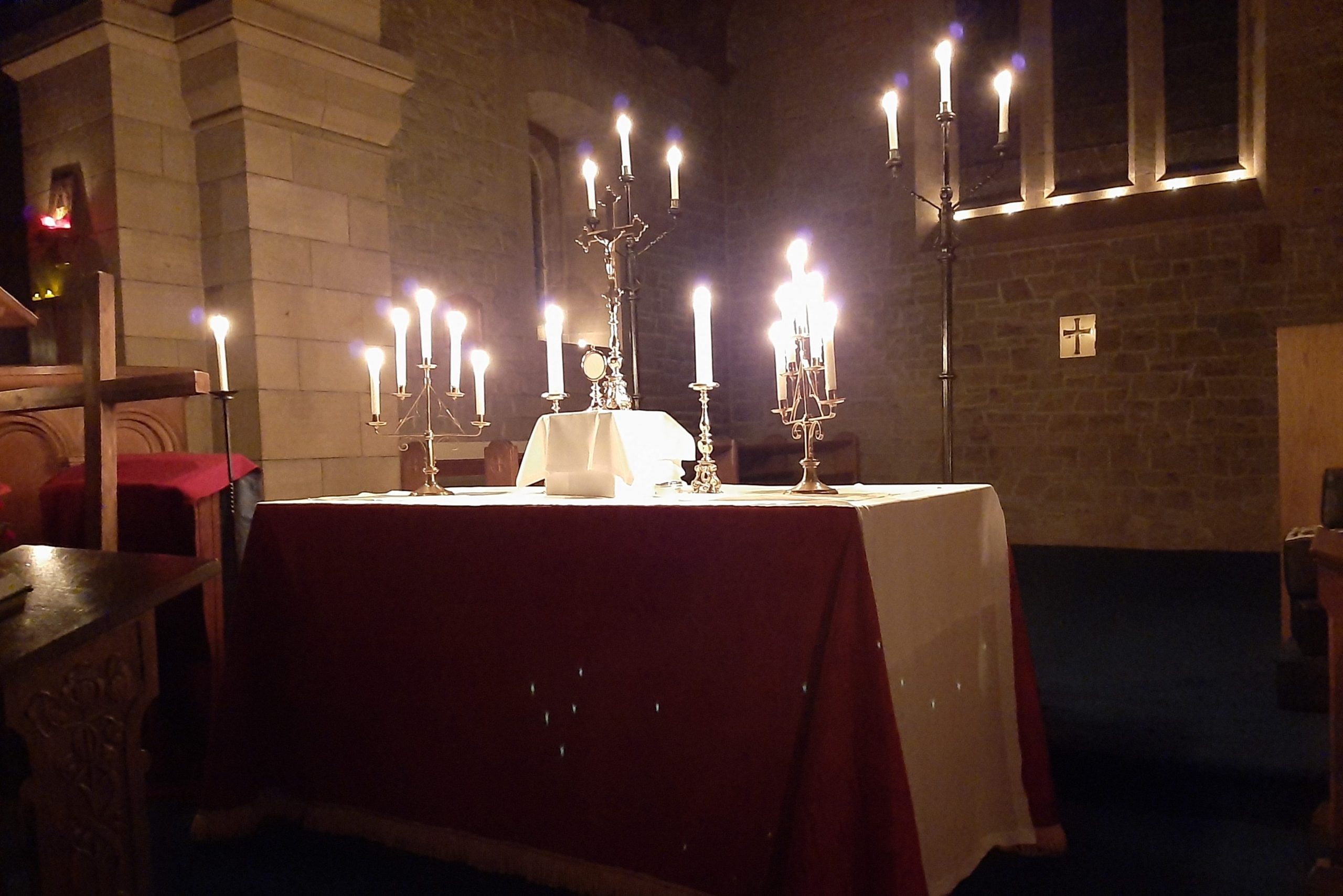
Holy Cross Day
Holy Cross Church is dedicated to the Cross of Our Lord Jesus Christ, the instrument of our salvation. Our Patronal Feast is the Exaltation of the Holy Cross on 14 September. We celebrate it on the nearest Sunday.
There is a Vigil on the Saturday night which begins with Vespers (Evening Prayer). This is followed by prayer before the Blessed Sacrament which ends with Benediction and Compline (Night Prayer). During this Vigil every member of the congregation is prayed for by name. On the Sunday we celebrate the Feast with the Eucharist and there may be other events, services or festivities around Holy Cross Day.
Our secondary patron is St Columba. For centuries he has been the patron of our parish of Cramond. Holy Cross has an icon of Columba and he appears in our east window. The feast of St Columba is 9 June.
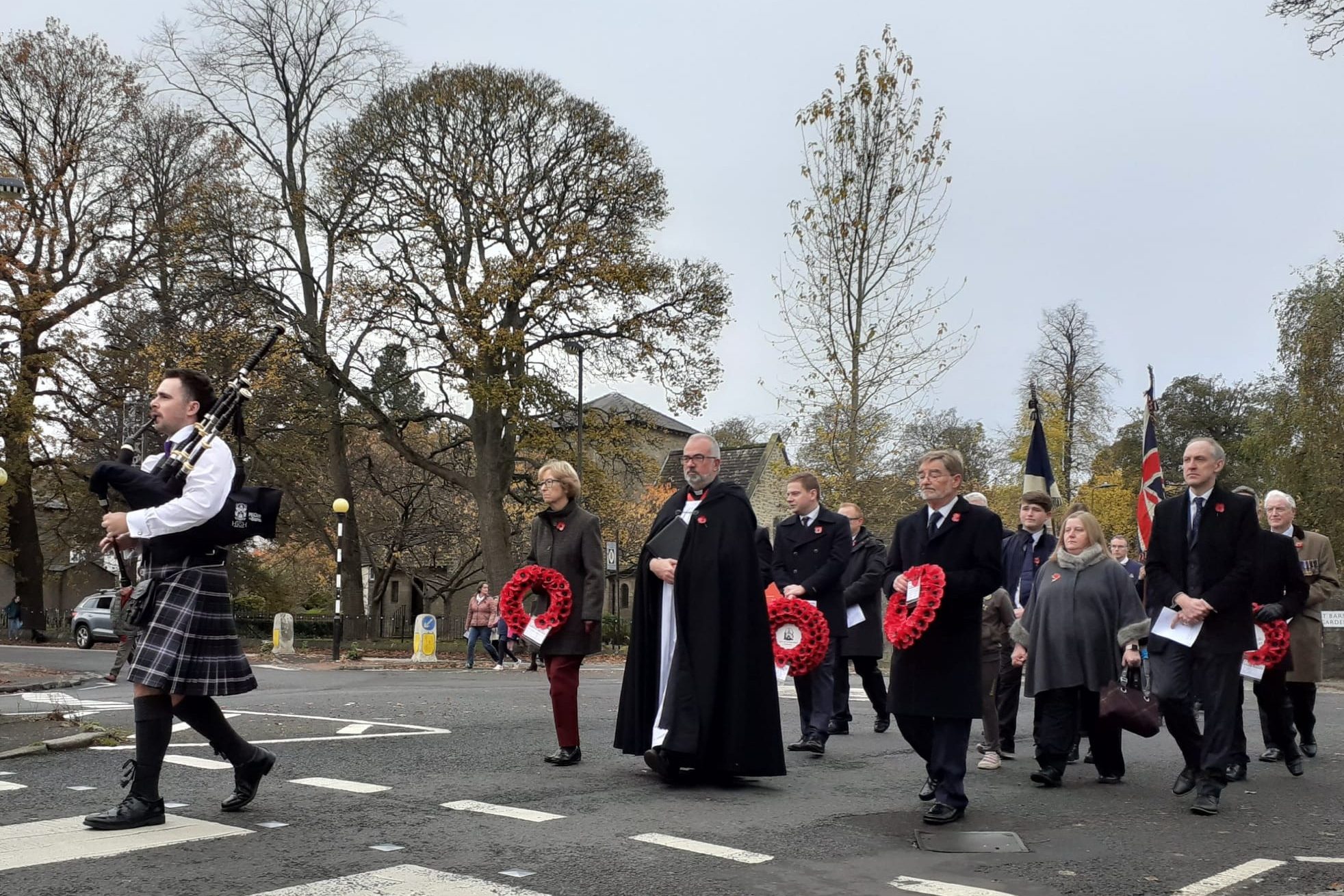
Remembrance
November begins with the feast of All Saints when we turn our eyes to heaven and celebrate the saints, known and unknown. November is a month of remembrance and prayer for the departed. Scottish Episcopalians, like most Christians, pray for the dead as an act of love.
On All Souls, 2 November, we celebrate a Requiem Mass and visit to our Garden of Remembrance, where ashes are buried. During this service we pray by name for all the departed members of the congregation and all the dead whose names are handed in. There is also an opportunity to light candles in memory of those who have died.
On Remembrance Sunday we have an Act of Remembrance for those who have died in war at our 10.30 am Eucharist and in the afternoon we attend the Davidson’s Mains Remembrance Service at the Memorial on the Green.

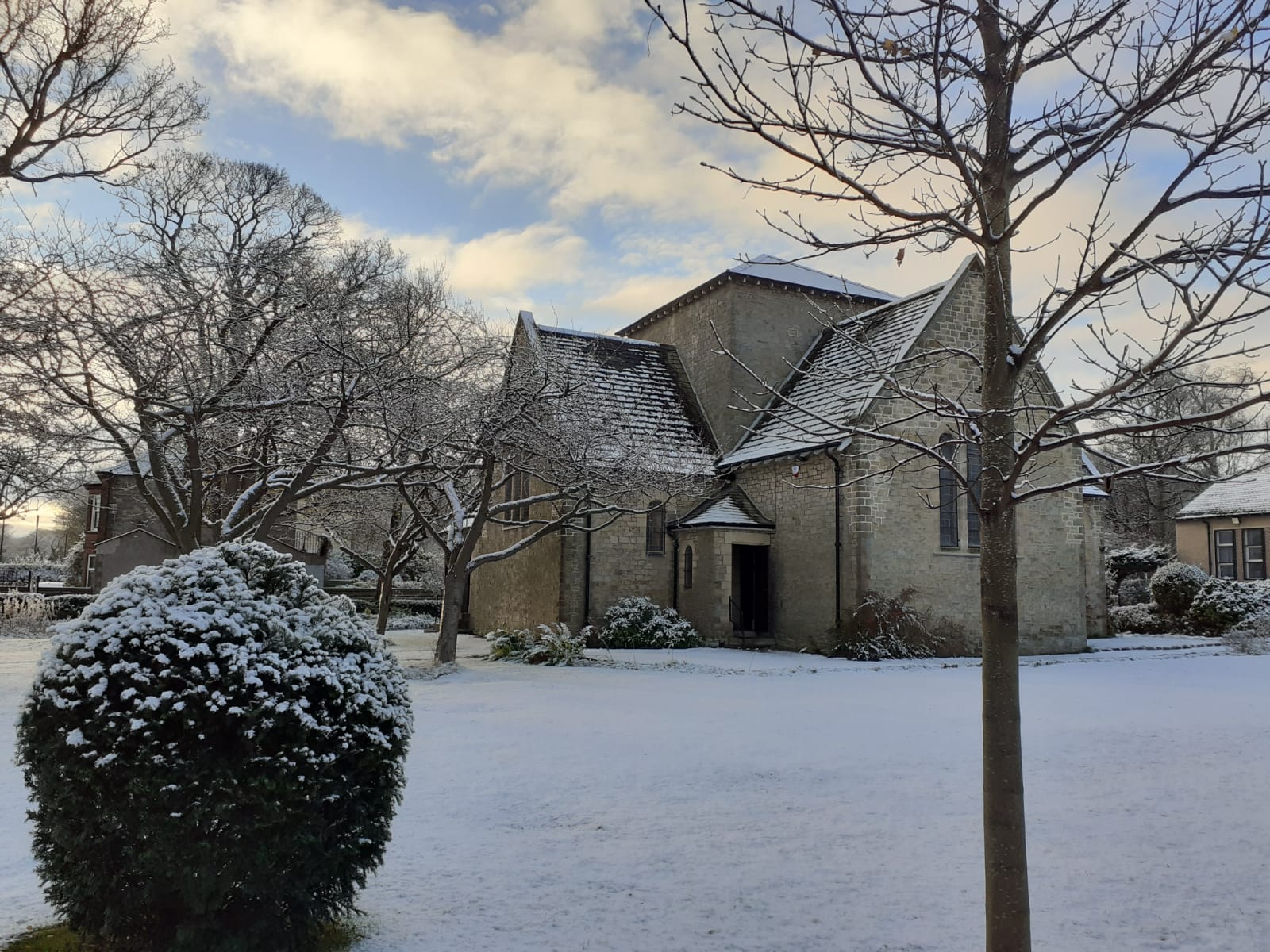
The Holy Cross Kalendar and Lectionary
Every day in the Christian year has its own readings and psalms for the Eucharist and the Divine Office (Daily Prayer). All these, together with the saints celebrated each day, are given each year in the Holy Cross Liturgical Kalendar:

